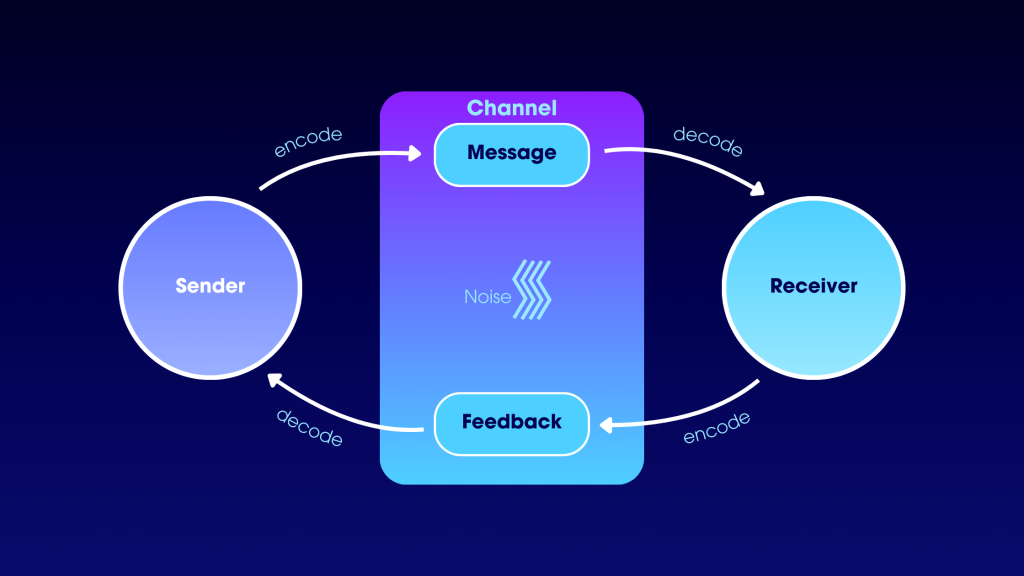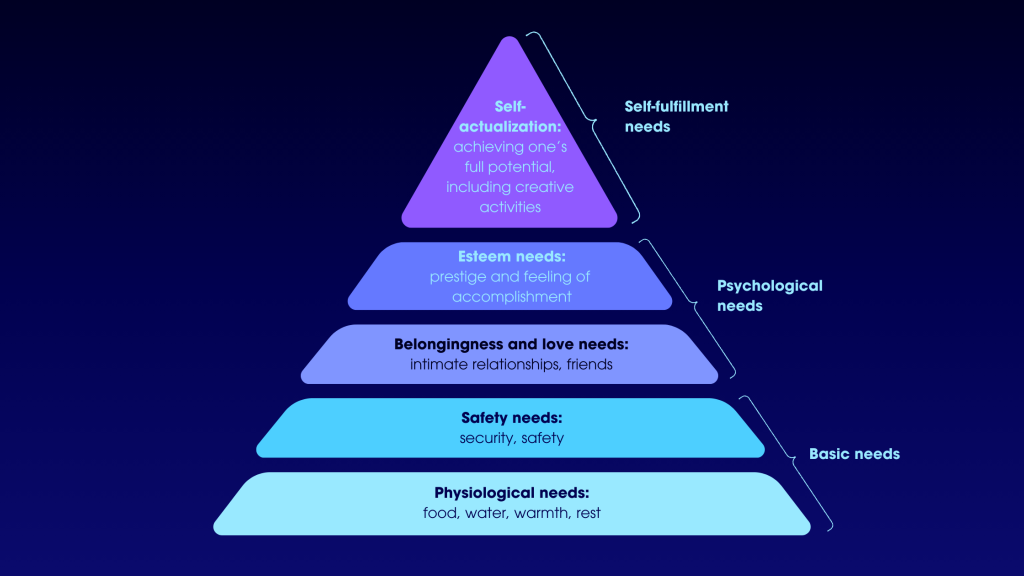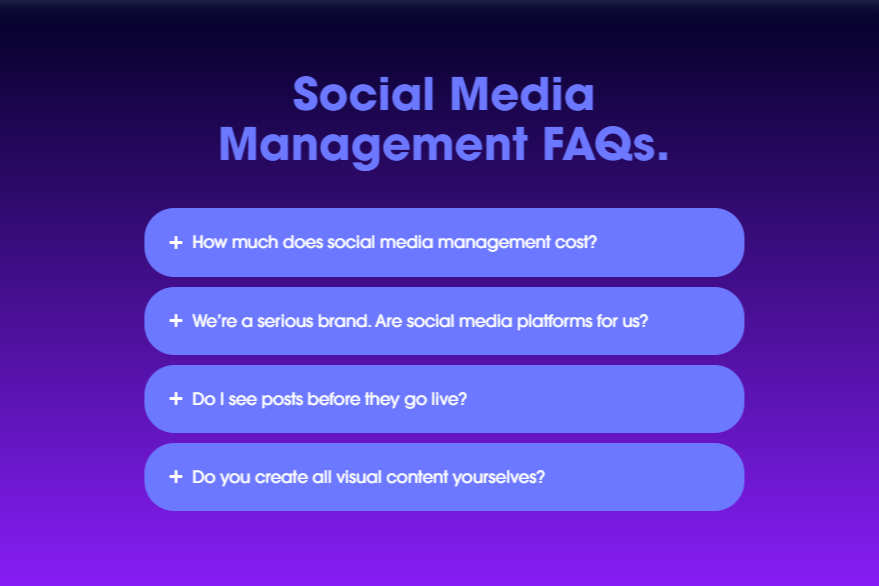To be good at marketing, you need to understand people. What drives them to buy things? How do they make purchase decisions? How do they process and retain information?
That’s why a basic understanding of psychology is so useful for both professional marketers and business leaders. We put this article together to walk you through the four most foundational psychological principles – the ones that can be found in almost every successful campaign.
Before you start reading, keep in mind: this is not a list of cognitive biases or tactical hacks. There are many, many books and articles that already cover those in a lot of detail. (Type ‘cognitive biases marketing’ into Google if you want to go down a rabbit hole.)
Instead, we wanted to give you a primer on the four psychological principles that underpin all good marketing. And, to make things easy, we’ve included 2 checklists at the bottom of the article you can use as litmus tests for future campaigns.
Interest
The first step in any kind of communication – marketing, PR, politics – is seizing and holding attention. Does that sound too vague? Look at the diagram below.

To get your target audience to receive your marketing message, you first need to cut through the noise. ‘Noise’ isn’t auditory, either. You’re competing for attention on your platform of choice – whether that’s a crowded inbox, a social media feed, or a billboard among dozens of others.
So, before your target audience can understand and process your message, you need to hook them with something interesting. And, unfortunately, there’s no silver bullet here. What’s interesting to one group of people isn’t necessarily interesting to another. You can pull on easy levers like colour psychology and copywriting techniques, but the real key is to address something your audience really cares about.

Look to Maslow’s Hierarchy if you need help. Almost every successful marketing campaign has tapped into at least one of those needs. B2B campaigns are a little different, but still work on the same basic principle – by helping your audience solve high-priority business problems, you’re indirectly supporting their careers (which is why phrases like ‘nobody gets fired for buying IBM’ exist).
A good principle here is loss aversion, a cognitive bias that leads people to interpret losses as more impactful than equivalent gains. Interest is ultimately an evolutionary product – a way to direct energy-intensive resources like sight and memory to focus on things that produce a higher chance of survival. So tell a credible story about how your solution can prevent loss, and you’ll seize and hold your audience’s interest long enough to build a more robust argument.
Let’s say you’re selling cybersecurity software. Maybe you don’t lead with your product’s benefits. Maybe you remind your audience that this purchase decision has the potential to save or compromise critical business data – and, if they make the wrong choice, it’s their job on the line.
Virality
‘Can we make it go viral?’ Most marketers have been asked that at least once in their careers – but (sadly) there’s no big green button we can push. Exactly how and why certain ideas and works get traction in a given community is still an open question.
Luckily, a Wharton professor, Jonah Berger, wrote a bestselling book that analysed the components of virality – components that most successful marketing campaigns share. Berger’s model for going viral involves 6 STEPS:
- social currency
- triggers
- emotion
- public visibility
- practical value
- stories.
Here’s a quick explanation of what those mean. A campaign has social currency when people share it to make themselves look good to others. It leverages triggers when it links your offering to a pre-existing idea, behaviour, time or place to influence their behaviour in some way. It uses emotion when it sparks high-arousal feelings like awe, excitement, amusement, anger or anxiety.

It’s publicly visible when your audience can see other people using your offering (social proof). It delivers practical value when it contains information that can be immediately and easily used. It tells a story when the relevant information is bundled into a narrative format, not delivered piecemeal.
Going viral doesn’t need to involve every one of those STEPS. Neither does your next campaign. But, the more you can include, the better chance your marketing has of being interesting and being shared through word of mouth – which means more eyeballs and lower distribution costs.
Motivation
Marketing is always about changing the status quo – getting buyers to spend money to improve their lives in some way. If someone doesn’t have a problem (or if they don’t know they have a problem), they don’t need your help to solve it.
Sometimes, though, buyers are aware they have a problem, but either a) don’t see it as important or b) have other, higher-priority concerns to solve first.
Think about health insurance. Most people are aware that life happens and that insurance is useful – but, often, they feel they face a choice between addressing other needs/problems in their lives and paying premiums, which is why just 55% of Australians have health insurance. The same goes for gym memberships, dental floss, financial planning, cyber security, and any other number of products and services.
Most successful marketing campaigns motivate buyers to take action right now – that is, by prioritising solving a problem over keeping the status quo. One way you can do that is by leveraging DARN, a clinical tool often used by psychologists during motivational interviewing. It stands for:
- Desire (why might someone want to make a change?)
- Ability (how can someone go about making a change?)
- Reasons (what are the logical, specific arguments for change?)
- Need (why does someone need to make a change, remembering that ‘want’ and ‘need’ are 2 different things?)
Answer as many of those questions as you can in your campaign, and you’re setting yourself up for success. Keep in mind that the ‘ability’ question can often be answered with ‘buy our product’, although more complex offerings might need more information around implementation and change management costs. Your goal is to make change seem as easy, fast, and low-risk as possible.
When you’re considering desire, reasons, and need, go back to Maslow’s hierarchy. Remember that people need to have their basic needs met first, followed by their psychological needs, followed by their self-fulfilment needs. Don’t appeal to morality or inner potential, for example, if you can appeal to the need for security or belonging instead.
Trust
Let’s say you’re talking to a potential customer. You know they have an urgent problem that your offering solves. You know that your offering fits their selection criteria. They hear and understand what you’re saying. But they’re not willing to buy. What’s stopping them?
In a word: trust. They don’t trust that your offering can deliver the results they’re looking for. They don’t trust that the outcome they get will be worth the time, money and effort they have to spend. Maybe they just don’t trust you.
Marketing campaigns are no different. It’s why big, bold claims can often backfire – people either don’t believe what you’re saying or think there’s a catch. (For example, SEO is riddled with agencies making exaggerated and false claims like ‘we’ll get you to #1 on Google in 30 days’ – they leave out the part where that top spot will be for a keyword no-one ever searches.)
So, how do you get people to trust you in a very short space of time?
- Give them relevant social proof. Show other people like them who’ve used your offering for situations like theirs with good outcomes.
- Build your own credibility. Show them your qualifications, your industry awards, your subject matter expertise.
- Show, don’t tell. If you’re promising an outcome or effect, say how you’re going to accomplish that.
- Make what you’re saying believable. Modern audiences are very good at detecting things that are too good to be true. For example, don’t use absolutes like ‘100%’ or ‘never’ unless that absolute is unequivocally true – it just undermines your credibility.
Note: this is why building a strong brand matters. A giant like Apple or Microsoft can make believable claims with minimal social proof because they’ve built enormous brand credibility over time.
Marketing Psychology Checklist
We covered a lot of ground in this article – thanks for sticking around until the end. To make things easy for you, we’ve compiled those four concepts into 2 lists of yes/no questions. The next time you’re building a campaign, use them as litmus tests before you go live. (Bookmark this page or add it to your company’s digital resources hub for easy access.)
If possible, get a few people who are neither involved in making the campaign nor in senior positions at your company to evaluate the campaign. (Your customer advisory board, for example, is perfect.)
Critical Tests
Aim to meet all these criteria.
- Does your campaign seize and hold your target audience’s attention?
- Does your campaign stand out from other noise on your distribution platform(s) of choice?
- Have you implied or explained the stakes – what benefit or outcome can be gained through action and what will be lost through inaction?
- Have you clearly shown why making a change now is important, by making specific arguments for change, tapping into buyers’ desire for change, and/or addressing their need for change?
- Have you explained how change can be made?
- Is your promise believable?
Non-Critical Tests
Aim to meet at least 5 of these criteria.
- Is it obvious that your campaign is relevant to your target audience?
- Are your implicit/explicit stakes tied directly – or, for B2B, indirectly – to needs in Maslow’s hierarchy?
- Does your campaign spark a high-arousal feeling versus a low-arousal feeling like sadness or contentment?
- Would someone benefit in some way – such as social validation – if they shared your campaign with others?
- Does your campaign contain information that is practically useful to your target audience?
- Is your information encapsulated in a story rather than a piecemeal format?
- Have you implied or explained how a promised benefit or outcome will be achieved?
- Have you shown that your promise has been fulfilled for other, similar people/use cases?
- Have you demonstrated your credibility in making your promises?
Even if your campaign does meet all of the above tests, there’s no guarantee it will be successful. You also need to have something worth saying, be able to say it clearly and well, and have both the budget and capabilities for effective distribution.
But complying with psychological best practices is a great foundation. And, if you need help formulating a great campaign that ticks all the boxes, talk to us. We’ve helped more than 1200 brands across Australia drive revenue with better marketing – find out if we can do the same for you.












